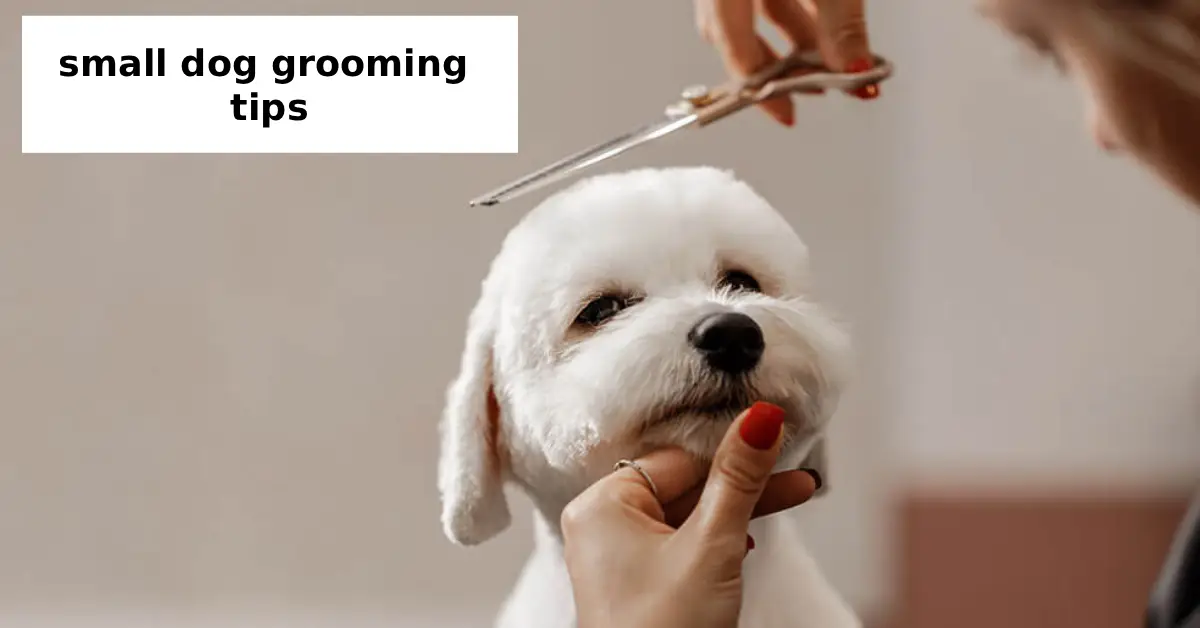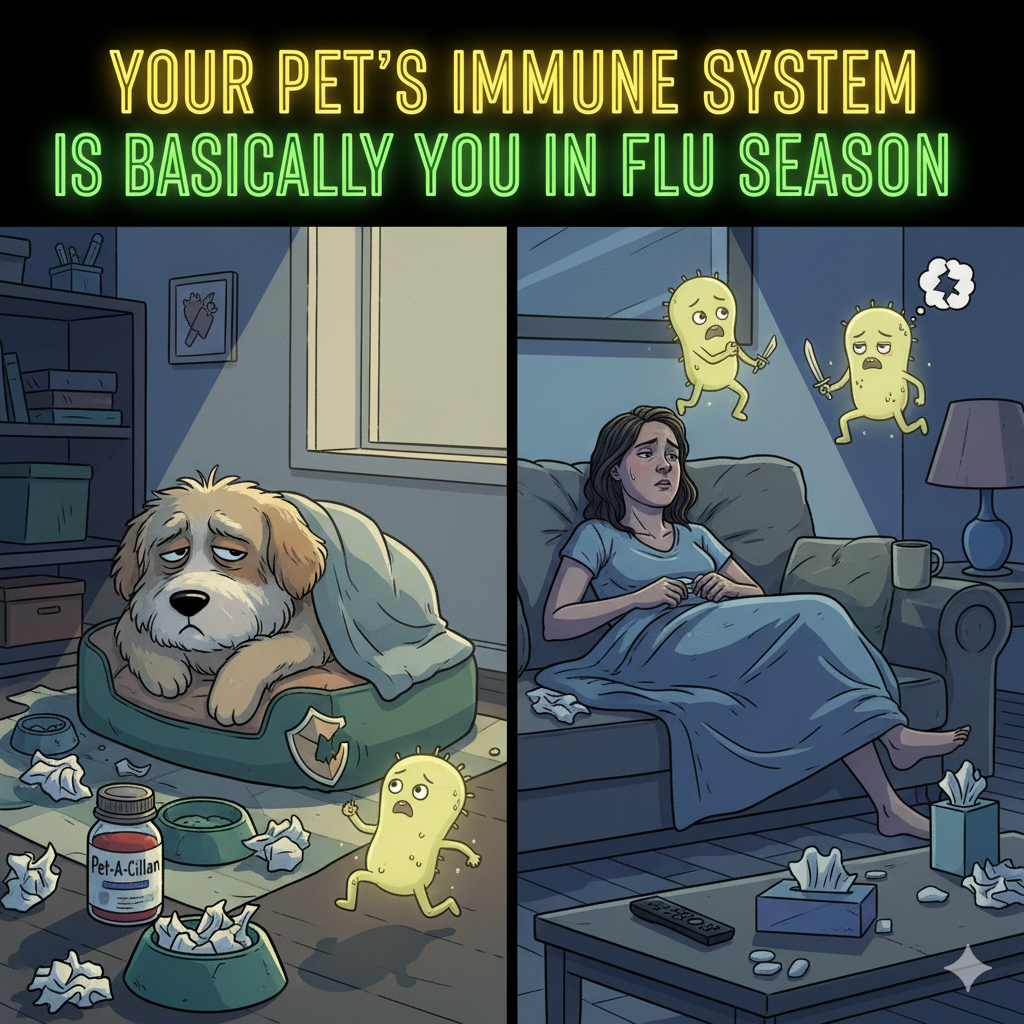Owning a small dog is a bundle of joy, but keeping your furry friend well-groomed requires regular care and attention. Grooming isn’t just about looks—it’s essential for your pet’s health, comfort, and hygiene. In this guide, we’ll walk you through small dog grooming tips that are practical, expert-recommended, and easy for first-time and experienced dog owners alike.
Whether you’re a busy pet parent trying to set up a simple puppy grooming routine, or a family with toy breeds looking for cost-effective grooming solutions, these strategies will help you maintain a happy and healthy dog at home.
Why Grooming Matters for Small Dogs
Unlike larger breeds, small dogs often live indoors, meaning they’re more exposed to dust, furniture allergens, and indoor shedding cycles. Regular grooming prevents mats, skin irritations, and infections, while also strengthening the bond between you and your pet.
Veterinarians and professional groomers emphasize that small dogs need consistent routines. Ignoring grooming tasks like brushing or nail trimming for small dogs can lead to discomfort and even health issues. That’s why setting up a manageable schedule is key.
Essential Small Dog Grooming Tips
Here are tried-and-tested small dog grooming tips that every small dog owner should follow. These are designed for small dog owners in the United States, especially those who want reliable at-home methods.
1. Brushing: Prevent Tangles and Shedding
Daily brushing keeps your dog’s coat shiny and mat-free. The best dog brushes for small dogs include slicker brushes for curly coats and soft bristle brushes for short-haired breeds. Brushing also stimulates skin circulation and reduces indoor allergens.
👉 Pro Tip: Start brushing from the back and move forward. Use short, gentle strokes to avoid pulling hair.
(If you’re also a cat parent, you can explore different cat brushing techniques that share similarities with dog grooming.)
2. Bathing: Keep the Coat Fresh and Healthy
When it comes to washing your pet, follow a structured small dog bathing guide. Most small breeds need baths every 3–4 weeks.
- Always use safe shampoos for small dogs with natural ingredients like oatmeal or aloe vera.
- Test the water temperature—lukewarm is best.
- Dry thoroughly, especially around ears and paws, to prevent infections.
Busy pet parents who prefer grooming at home will find that regular baths not only improve hygiene but also make the coat easier to brush.
3. Nail Trimming: Comfort and Safety First
Overgrown nails can cause posture problems, pain, and even injuries. That’s why nail trimming for small dogs should be done every 2–3 weeks.
- Use a small-sized clipper or grinder.
- Trim just the tip and avoid cutting into the quick (the sensitive part of the nail).
- Reward your dog afterward with a treat for positive reinforcement.
If you’re a first-time pet parent with puppies, practice holding the paw gently before clipping to build trust.
4. Ear Cleaning: Prevent Infections Early
Many small breeds, especially those with floppy ears, are prone to infections. Ear cleaning for small dogs should be part of your monthly routine.
- Use a vet-recommended cleaning solution.
- Dampen a cotton pad (never a cotton swab) and wipe gently.
- Check for redness, foul odor, or excess wax buildup.
Early attention ensures your dog avoids painful ear conditions and stays active.
5. Haircuts: Style Meets Comfort
Different small dog haircut styles can keep your pup comfortable while looking adorable. Long-haired breeds like Shih Tzus or Yorkies benefit from trims every 6–8 weeks.
Popular haircut styles include:
- Puppy Cut – short and even all over.
- Teddy Bear Cut – rounded face with fluffy body.
- Breed-Specific Trims – maintaining natural breed looks.
For families with toy breeds or companion dogs, regular trimming ensures hygiene and reduces matting.
6. Teeth and Oral Care
Dental hygiene is often overlooked in grooming. Small breeds are more prone to tartar buildup and gum disease.
- Brush teeth 2–3 times weekly using dog-safe toothpaste.
- Provide dental chews as part of daily play.
- Schedule professional cleanings if needed.
This step is vital for long-term health and avoids costly vet visits.
7. Easy Grooming Hacks for Small Dogs
If you’re a busy dog owner looking for at-home grooming routines, try these easy grooming hacks for small dogs:
- Use a grooming glove for quick brushing during playtime.
- Keep grooming tools in a small kit near your dog’s crate or play area.
- Train your dog with short grooming sessions instead of long ones to avoid stress.
These small tricks save time and money while keeping your dog comfortable.
How to Groom a Small Dog at Home: Step-by-Step
If professional grooming isn’t always an option, here’s a beginner-friendly guide on how to groom a small dog at home:
- Set Up Space – Choose a quiet, non-slippery surface like a bathroom mat or grooming table.
- Brush First – Remove tangles before bathing.
- Bathe & Dry – Use gentle, circular motions with shampoo. Pat dry with a towel, then use a blow dryer on low heat if needed.
- Trim Nails & Clean Ears – Do this while your dog is calm post-bath.
- Hair Trim – Use blunt-edged scissors or clippers designed for small breeds.
- Final Brush – Finish with a quick brush to smooth the coat.
Following this process once or twice a month keeps grooming manageable and stress-free.
Building a Puppy Grooming Routine
Starting early with a puppy grooming routine helps puppies adapt to being handled. Introduce tools slowly and reward positive behavior. Short sessions, soft brushes, and gentle baths create a foundation for lifelong grooming success.
Puppies respond best when grooming feels like playtime. This is especially important for first-time pet parents with puppies who are still learning to manage their pets.
Cost-Effective Grooming for Pet Lovers
Professional grooming can be expensive, but at-home care offers pet lovers who want cost-effective grooming solutions an affordable alternative.
Investing in high-quality tools—like the best dog brushes for small dogs and safe shampoos—pays off in the long run. Not only will you save on grooming appointments, but your dog will also enjoy consistent care tailored to their needs.
Expert Safety Reminders
- Never use human shampoos or products on small dogs—they may irritate sensitive skin.
- Always keep sharp tools out of reach when not in use.
- If you notice persistent issues like itching, bald spots, or foul odors, consult your veterinarian.
Consistency, patience, and the right tools are the secret ingredients to successful grooming.
Final Thoughts
Small dogs bring endless joy, but they also require consistent grooming to stay healthy and happy. With these small dog grooming tips, you can easily create a routine that fits your lifestyle—whether you’re a busy professional, part of a family with toy breeds, or a new pet parent.
From small dog bathing guides to ear cleaning for small dogs, each step builds a healthier, shinier, and more comfortable pet. And by learning how to groom a small dog at home, you’ll not only save money but also strengthen the loving bond you share.
Invest in your dog’s well-being today—because a well-groomed dog is a happy dog!






1 thought on “The Best Grooming Routines for Your Small Dog”